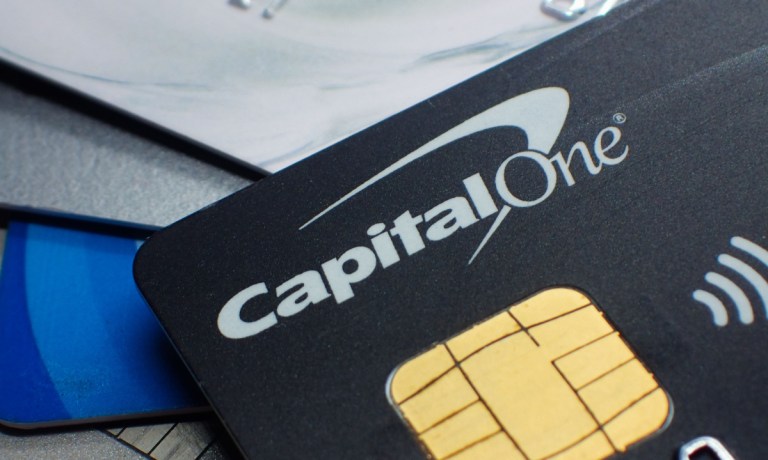In any industry, a $35 billion deal is, of course … a big deal.
But in financial services, the news that Capital One has set the stage to buy Discover Financial is notable not just for the size of the price tag.
Bringing the two credit card giants together would pave the path toward creating a banking giant with particular expertise in serving the paycheck-to-paycheck consumer well beyond the credit cards that have been hallmarks of both firms. It would also leverage data and cross-border capabilities to forge a banking ecosystem.
As with any acquisition, there’s a regulatory path to travel, and nothing is etched in stone yet. But the numbers and details from the most recent earnings reports shed light on scale and breadth that might result upon consummation.
The Cards — and the Continued Propensity to Spend
The credit cards are the most immediate on-ramp toward a range of other products and services. Visa and Mastercard dominate the card landscape. But beyond the payment networks, and in terms of actual card issuance, a few key players hold significant market share according to sources such as the Federal Reserve. Chase has a roughly 18% share of the card issuing market, Amex in the mid-teens, per data from Bankrate, and measured in terms of balances outstanding. A Discover/Capital One combination would vault past Citi, which in its latest earnings report said credit and debit card sales volumes were up 7% and credit card loans were around $202 billion at the most recent period end.
Discover’s own financials from the most recent quarter show that credit card loans were up 13% year on year to $102 billion. Supplementals reveal spending across the Diner’s Club-card-related volumes were up 14% year on year.
Advertisement: Scroll to Continue
Capital One, for its part, said in its most recent earnings results that credit card loans were up 5% year on year to $154 billion.
Though the latest quarterly filings are not yet available per the Securities and Exchange Commission — offering a breakdown of consumer profiles — we noted at the end of last year and through third-quarter filings that Capital One and Discover offer a snapshot into the near-prime and subprime consumer markets. Discover has said that just about 81% of its credit card loan book is tied to consumers with FICO scores of at least 660; this leaves 19% below that threshold, right down to the “no score” level. Capital One’s own 10-Q revealed that 69% of card borrowers had credit scores above the 660 threshold, which leaves roughly a third of them below that level. The consumer profiles, and the continued growth in loans and resilient spending volumes indicate that these individuals find value in the cards issued.
As to the dovetailing of credit scores and the paycheck-to-paycheck designations: PYMNTS Intelligence has found that roughly a third of consumers we’ve surveyed are prime/sub-prime borrowers. The tallies increase to nearly half of consumers who report living paycheck to paycheck, regardless of whether they say they have issues meeting their monthly obligations or not.
The banking segments showed momentum too, as Discover said that average deposits were up 4% year on year, and Capital One said that consumer deposits gathered 9% year on year.
And here is where the value proposition to the paycheck-to-paycheck consumer, where the cards and accounts — the digital banking channels, too — become ever-more-fertile ground for cross-pollination of everyday financial activities. The near prime/sub-prime borrowers and card users — typically not targeted by the largest banks (or the heretofore largest card issuers) — would gain more choice in financial products and the benefits of a greater number of endpoints where their cards are accepted.
The Network Effect
Moving beyond the cards and consumer-facing banking, Capital One gains scale, upon the merger’s completion, by leveraging the capabilities that Discover has been building or have already been built. Those capabilities stretch across cross-border commerce and payments in general.
A decade ago, Discover bought Ariba Pay, and as detailed here, offers commercial products including virtual cards and cloud-based payables solutions. Because Discover has its own network, Capital One gains the ability to more firmly cement a drive to compete against Visa and Mastercard. In the release heralding the deal, Rochard Fairbank, CEO of Capital One, said that the acquisition would “build a payments network that can compete with the largest payments networks and payments companies.” That payments network would reach 70 million merchants, while at the same time, according to the companies, the Capital One debit purchase volume and selected credit card purchase volume to the Discover network. Discover’s filings note that total payments services volumes were up 14% year on year to $98 billion in the quarter.
The announcement’s out, the strategy’s been outlined … and now comes the challenge of making the leap from vision to reality.

